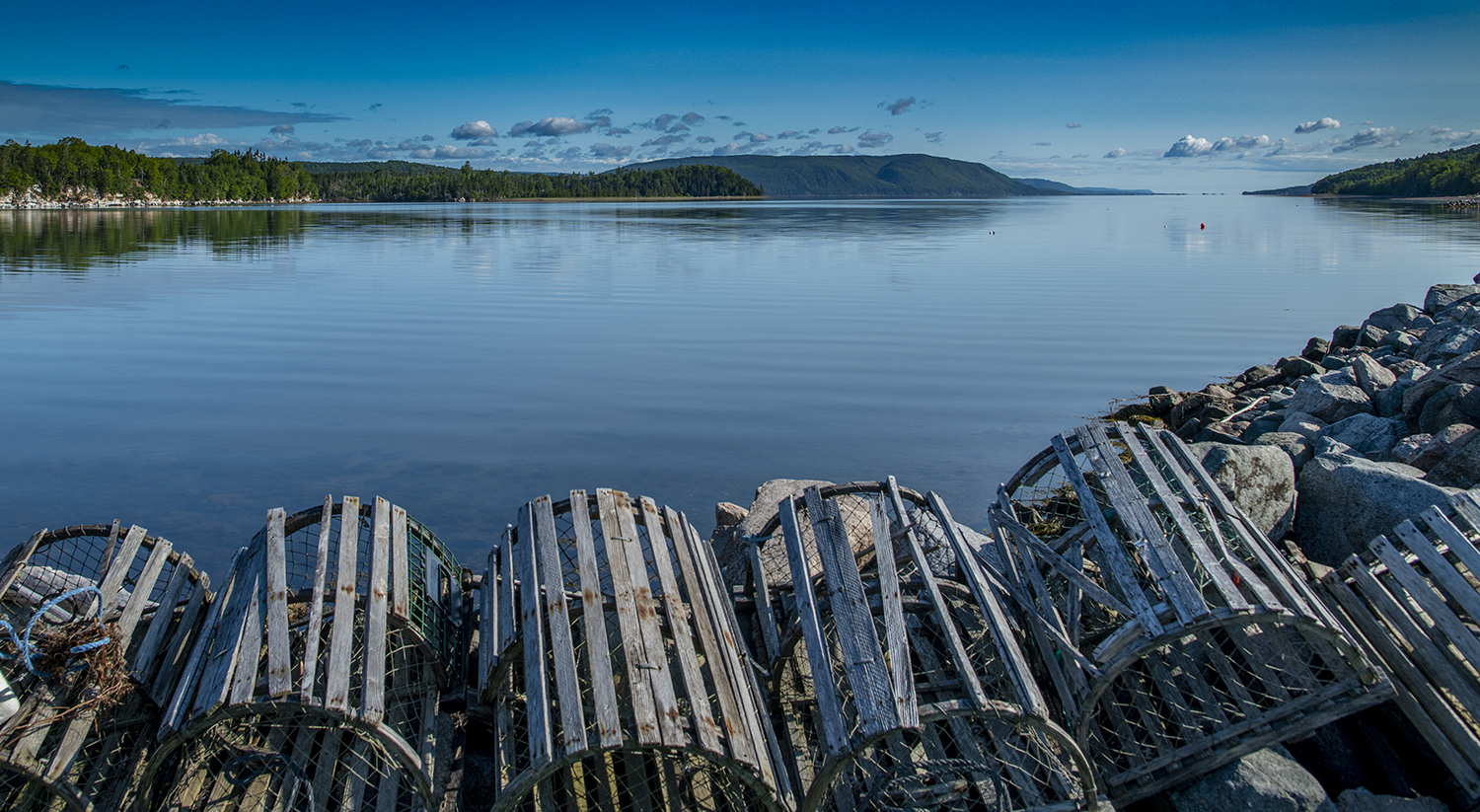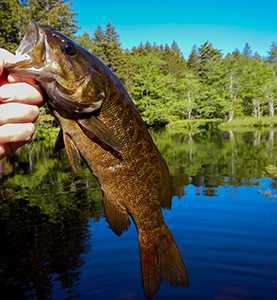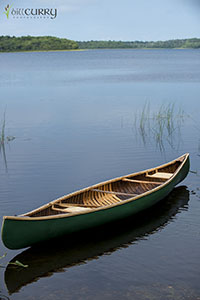
St. Ann's Bay, Cape Breton, NS
St. Ann's Bay
One of the oldest settled parts of Nova Scotia is a unique body of water on Cape Breton Island, at the northern end of the Province, known as St. Ann’s Bay.
St. Ann’s Bay was first settled in 1629, making it among the oldest settled areas in North America. First spotted by Sameul de Champlain in 1604, the French built a fortress just inside the gut (opening) of the Bay as it empties into the ocean to the north. Unfortunately for the French, they did not realize the extent of freezing in the bay that would occur – St. Ann’s being fed by numerous freshwater streams – and they had never encountered the pack sea ice that forms in the Spring and seals the harbour for months at a time!
After the French built Louisbourg, on the open Atlantic side of Cape Breton, St. Ann’s declined in importance, but a group of Scots came in 1820 on the ship “Ark” and settled the south end of the bay. The little settlement grew, and by the mid-1800’s there were people living all around the bay. One noted resident was Angus MacAskill, the Cape Breton giant who hailed from Englishtown – a small village that grew up in almost the exact spot the fortress had been on.
Today, St. Ann’s Bay is know more for the Gaelic College which keeps the Scottish heritage alive, and for the fishing industry which thrives on shellfish and most importantly, lobster.
St. Ann’s is found along the Cabot Trail, the scenic drive that brings many to Cape Breton, and it is indeed well worth a visit. My wife and I own family land there and love our annual visits to the area, and of course the scenery and the wildlife lend itself to photography.
Climate change is having an impact on the Bay as the sea level rises causing erosion, and we see fewer tuna and other fish that used to frequent the waters here. Here’s hoping we all come to realize the impact our activities have before it interferes with such beauty and becomes too late to do anything!





























